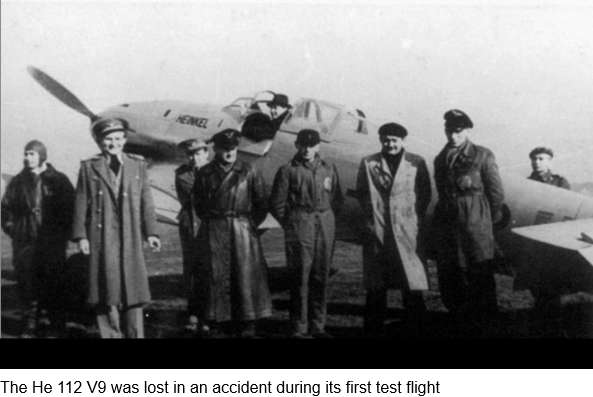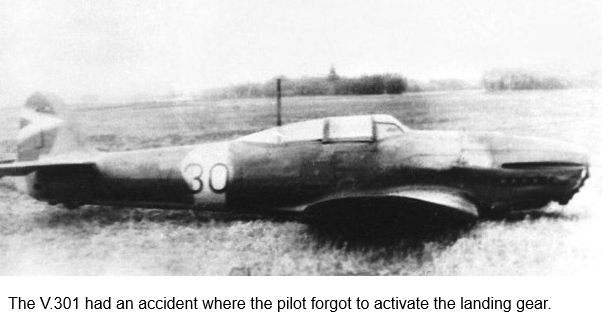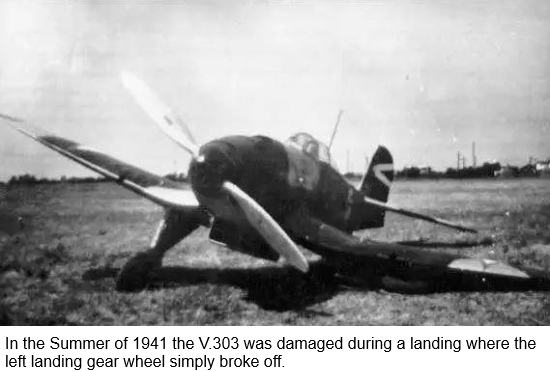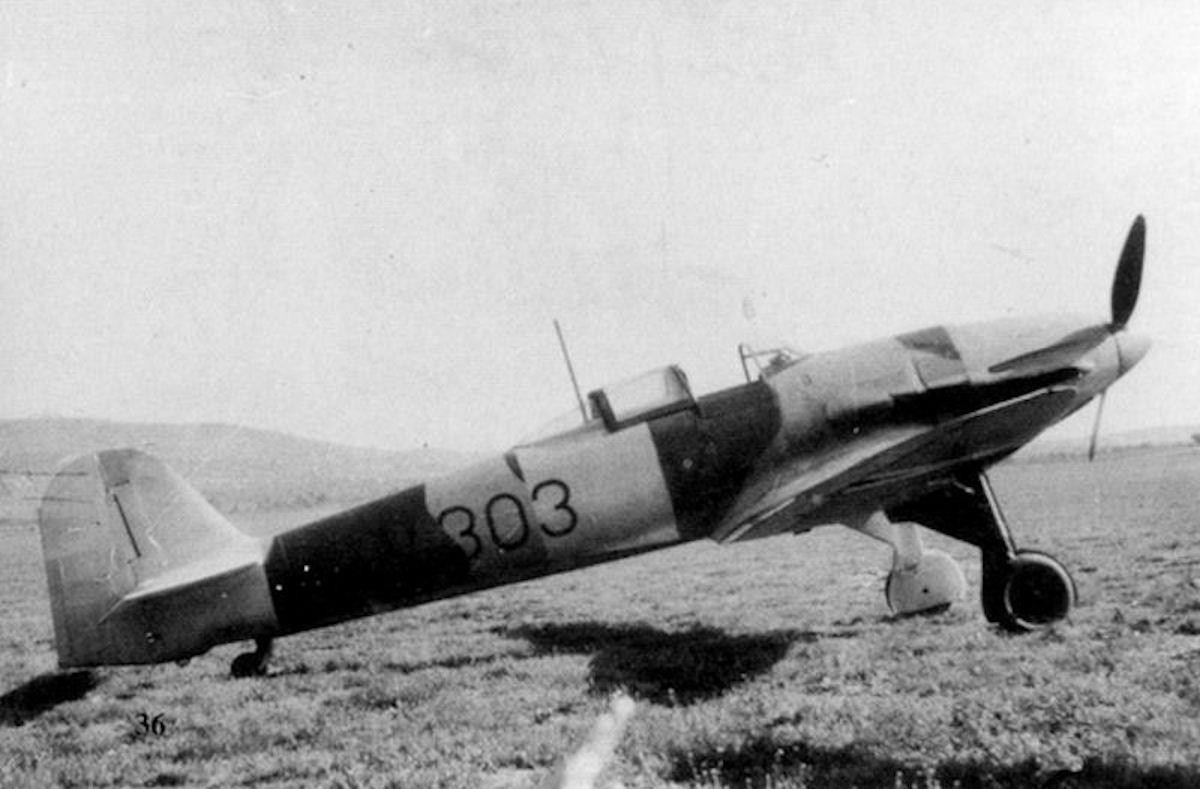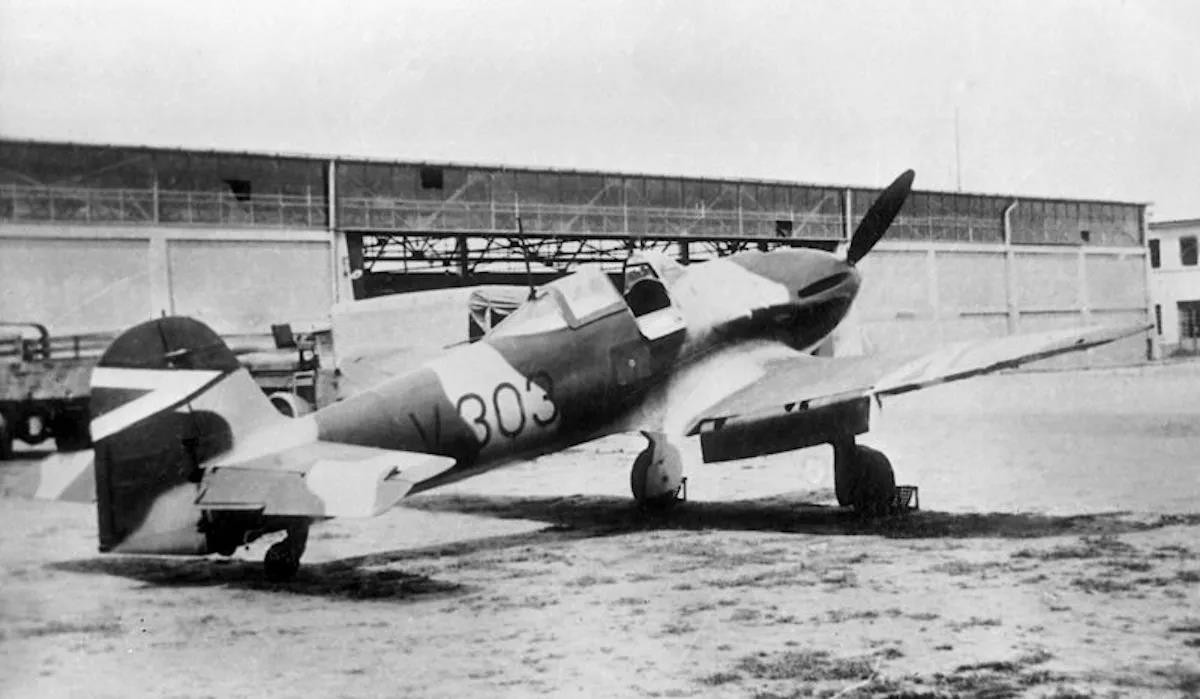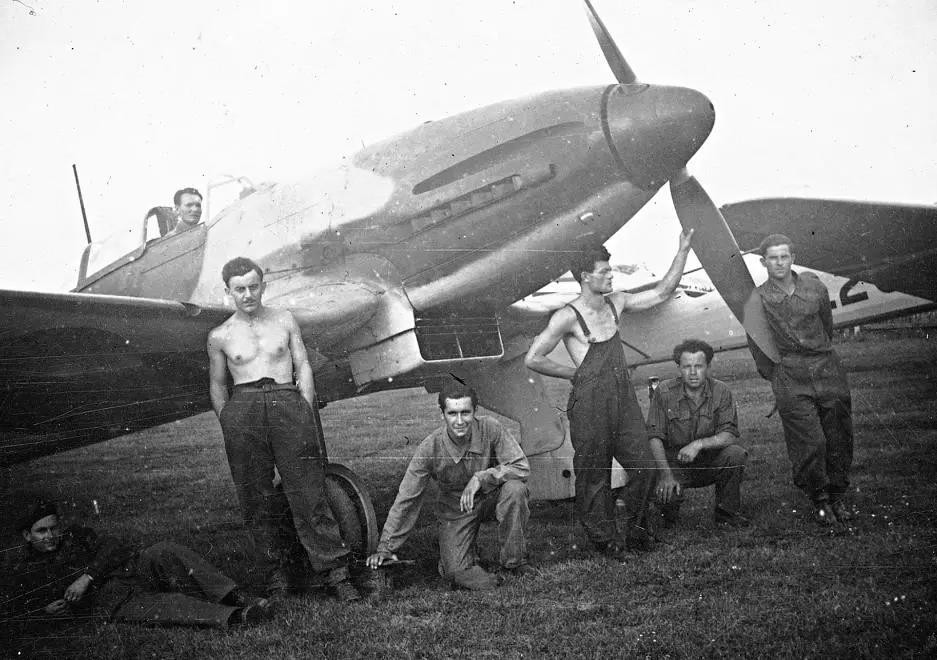The Hungarian military delegation that was in Spain during the civil war observed the relatively new Heinkel He 112 fighter in action and immediately became interested in it. In June 1938, a military group disguised as a civilian delegation visited Heinkel’s company. Three Hungarian pilots had the chance to flight test the He 112V9 aircraft. They were highly impressed and urged the Hungarian Army officials to adopt this aircraft. Unsurprisingly, based on the glowing report, the Hadügyminisztérium (Ministry of War Affairs) asked Heinkel for 36 such aircraft.
Unfortunately for them, Heinkel never actually put the He 112 into mass production, given the fact that it was not adopted for service with the German Air Force. It did, however, build a small series that was intended for Spain and Japan. The Hungarian offer was not considered as important, and thus no aircraft would be delivered to them. The Reichsluftfahrtministerium RLM (English: German Ministry of Aviation) also intentionally delayed the delivery of weapons to Hungary. This was done to politically and economically pressure the Hungarians and Romanians who were on the brink of war at that time, in an attempt to reduce tensions.
Still, the Hungarians persisted, and at the start of 1939, they requested again for the 36 aircraft, and once again, the Germans denied this request. However, a single He 112 V9 was given to Hungary and was used for flight testing near Budapest. On the 5th of February 1939, it crashed during a test flight against a CR-32 biplane fighter. In March 1939, another aircraft was sent to Hungary, this one being a He 112 B-1. It was extensively tested by the Hungarians who generally liked its design.
As the Romanians acquired a batch of 24 He 112 In 1939, the Hungarians were concerned over their neighbor’s growing military strength. Realizing that the Germans would not deliver the promised aircraft, they decided to ask for a production license instead. This was granted, and Heinkel also delivered two more He 112 B-1 with the Jumo 210E engine. When the license document arrived in Hungary in May 1939, a production order for the 12 first aircraft was given to the Weiss Manfréd aircraft manufacturer. Several changes were made, including the installation of 8 mm 39.M machine guns and the addition of bombing racks. In addition, the original 2 cm cannons were to be replaced by the Hungarian, domestically built, Danuvla 39, though it is unclear if any were actually installed. As the preparation for the production was underway the three available He 112 were adopted to service. This received coded designation V.301 to 303 where the V stands for Vadász (English: Fighter).
Despite the best Hungarian attempts to put the He 112 in production, the situation was made impossible by the coming war between Poland and Germany. The RLM would officially prohibit the export of any German aircraft engines and equipment at the start of the war. This meant that the vital delivery of the Jumo 210 and DB 601 engines could not be made. Based on this fact, all work on the Hungarian He 112 was canceled. Instead, Weiss Manfréd investigated to see if it could reuse most of the He 112 production line to produce a new domestic design named WM–23 Ezüst Nyíl (English: Silver arrow). While one prototype was built it was lost in an accident which ended the project.
In the Summer of 1940, the rising tension between Romania and Hungary over Transylvania reached a critical point. Transylvania was once part of Hungary but was lost after the First World War when it was given to Romania. By 1940, the Hungarian Army began preparing for a possible war with Romania over the territory. As neither side was willing to enter a hastily prepared war, negotiations began to find a possible solution. But despite this, there were some minor skirmishes, and Hungarian aircraft made several reconnaissance flights over Romania. The three Hungarian He 112 were stationed near the border, and the Romanians also had some He 112 in their inventory. While the Hungarian He 112’s did take up to the sky, no combat action by them was reported. Ultimately, at the end of August, Romania asked Germany to arbitrate the issue regarding the disputed territory, With Hungary being given the northern part of Transylvania in the settlement.
During the Axis invasion of Yugoslavia in April 1940, Hungary once again mobilized its He 112s. These were stationed near the border with Yugoslavia but they were not used in any combat operations.
By the time the Axis attacked the Soviet Union in June 1941 all three He 112 were used as training aircraft, with their secondary role being to protect the Weiss Manfréd factory. Due to a lack of spare parts, there was no point in sending this aircraft to the frontline. Two aircraft were involved in a landing accident where they were damaged. While their final fate is not completely clear, they may have been destroyed in 1944 when the Allies intensified their bombing campaign against Hungary. It is unlikely that the He 112s were operational at this point.
| Type |
Werk.Nr |
Registration |
History |
| V9 |
1944 |
|
Delivered to Hungary for tests. Crashed 5.2.1939 |
| B-1 |
|
V 301 |
|
|
|
V 302 |
|
|
|
V 303 |
|
